This 3D model of EAS Omega Class Destroyer consists of files in StereoLithography (.Stl) format that is optimized for 3D printing.
Before printing the files, we strongly recommend reading the PRINTING DETAILS section.
WHAT WILL YOU GET AFTER PURCHASE?
- 2 versions of EAS Omega Class Destroyer STL files for FFF/FDM and DLP/SLA - files for all versions are available for download after the purchase;
- STL files of high-poly EAS Omega Class Destroyer Model for 3D printing consist of 121 files;
- Sizes for:
- FFF/FDM: 208 mm tall, 224 mm wide, 676 mm deep;
- FFF/FDM on the platform: 246 mm tall, 96 mm wide, 676 mm deep;
- DLP/SLA: 104 mm tall, 112 mm wide, 338 mm deep;
- DLP/SLA on the platform: 123 mm tall, 48 mm wide, 338 mm deep
- Assembly Manual for FFF/FDM 1.0 and DLP/SLA 1.0 versions in PDF and video formats;
- Detailed settings that we provide as a recommendation for Cura, Simplify3D, Slic3r and PrusaSlicer for the best print;
- Full technical support from the Gambody Support Team.
Detailed information about this 3D printing model is available in the DESCRIPTION section.
ABOUT THIS 3D MODEL
Babylon 5 television series encompasses not only breathtaking sci-fi adventures and inter-species wars but also profound love for every character and spacecraft that make up the complex canvas of its universe and turns it into something special. Due to its outstanding characteristics and massive construction EAS Omega Class Destroyer is considered the most impressive warship of the Earth Alliance fleet. The weaponry of EAS Omega Class Destroyer includes heavy particle beams and pulse cannon turrets mounted along the hull, this craft can even carry a squadron of starfighters (known as Starfuries) for combat support.
Inspired by the power and design of this technologically advanced warship our dedicated artist created this amazing model for 3D printing. The hull of the warship is equipped with rotating turrets, the author made the mechanism that allows the rotation of the central section. The design of the hull of the craft and its shape are recreated with great precision. EAS Omega Class Destroyer will make the collection of every Babylon 5 fan truly exceptional and unique!
ADAPTATION FOR 3D PRINTING
The EAS Omega Class Destroyer model for 3D printing is a static assembly model and its moderation and adaptation for different types of 3D printers took the Gambody team 93 hours in total.
For you to receive the cleanest 3D printing result possible, minimize the amount of filament needed for generated support, and make use of the active elements designed by Gambody Engineers, the warship was divided into convenient assembly parts.
All assembly parts in the FFF/FDM 1.0 version are provided in STL files in recommended positions that were worked out in order to ensure the smoothness of the details’ surfaces after printing and that the 3D printing beginners won’t face difficulties when placing the parts on a build plate. When downloading any model’s file you will also receive “Assembly Manual” for FFF/FDM 1.0 and DLP/SLA 1.0 versions in PDF and video formats. We highly recommend that you get acquainted with the “Assembly Video” and “Assembly Manual” before getting down to the EAS Omega Class Destroyer 3D printing model.
The model is saved in STL files, a format supported by most 3D printers. All STL files for 3D printing have been checked in Netfabb and no errors were shown.
The model’s scale was calculated from the length of the EAS Omega Class Destroyer which is 1714000 mm. The 3D printing model’s chosen scales are 1:2800 for the FFF/FDM version and 1:5600 for the DLP/SLA version.
VERSIONS’ SPECIFICATIONS
FFF/FDM 1.0 version features:
- Contains 89 parts;
- A printed model is 208 mm tall, 224 mm wide, 676 mm deep;
- A printed model on the platform is 246 mm tall, 96 mm wide, 676 mm deep;
- Central section rotates;
- The hull and the bow of the destroyer are equipped with rotating turrets;
- Two variants of front panels: patterned and non-patterned;
- There are tunnels inside the craft for you to introduce LED wiring;
- Alternative panels with names of other Omega Class Destroyers are stored in a separate folder "Alternative Front Panels";
- All parts are divided in such a way that you will print them with the smallest number of support structures.
DLP/SLA 1.0 version features:
- Contains 32 parts;
- A printed model is 104 mm tall, 112 mm wide, 338 mm deep;
- A printed model on the platform is 123 mm tall, 48 mm wide, 338 mm deep;
- Central section rotates;
- The hull and the bow of the destroyer are equipped with rotating turrets;
- Two variants of front panels: patterned and non-patterned;
- There are tunnels inside the craft for you to introduce LED wiring;
- All parts are divided in such a way to fit the build plates and to ensure that support structures are generated where needed.
You can get the EAS Omega Class Destroyer model for 3D printing immediately after the purchase! Just click the green Buy button in the top-right corner of the model’s page. You can pay with PayPal or your credit card.
Watch the tutorial on how to assemble a EAS Omega Class Destroyer 3D Printing Model on Gambody YouTube channel.
Also, you may like Starfury and White Star 3D Printing Models.
________
FAQ:
Generic
Below you can find printing recommendations for Cura, Bambu Lab, Simplify3D, Slic3r and PrusaSlicer software.
Disclaimer: The following printing settings are a recommendation, not an obligation. The parameters can vary depending on the peculiarities of your 3D printer, the material you use, and especially the particular assembly part you are working with. Each part that any model comprises often needs preliminary review, and you are free to tweak the settings the way you find suitable.
Note:
You can scale up the model (downscaling for FFF/FDM 3D printers is not recommended!);
All connectors should be printed at 100% Infill.
Bambu Lab printing recommendations:
These basic 3D printing settings recommendations for beginners were tested in Bambu Studio 1.9.5. Test models were printed on the Bambu Lab A1, Bambu Lab A1 Mini, Creality Ender 3 S1, Anycubic Kobra 2, and Anycubic Vyper using PLA and PETG filaments.
To avoid printing problems, we recommend the following settings: download
Cura printing recommendations:
These are averaged settings which were tested in the Cura 5.8.1 slicer. Test models were printed on Anycubic Vyper, Creality Ender 3 Pro with PLA filament.
To avoid printing problems, we recommend the following settings: download
Simplify3D printing recommendations:
These are averaged settings which were tested in the Simplify3D 5.0.0 slicer. Test models were printed on Anycubic Vyper, FLSUN v400, Ender3 S1 with PLA filament.
To avoid printing problems, we recommend the following settings: download
Slic3r printing recommendations:
These basic 3D printing settings recommendations for beginners were tested in Slic3r 1.3.0 software. Test models were printed on Ultimaker 2, Creality Ender 3, Creality Cr-10S pro v2, Anycubic I3 Mega, Anycubic I3 MegaS, Anycubic Vyper with PLA and PetG filaments.
To avoid printing problems, we recommend the following settings: download
PrusaSlicer printing recommendations:
These basic 3D printing settings recommendations for beginners were tested in PrusaSlicer 2.3.1. Test models were printed on Ultimaker 2, Creality Ender 3, Creality Cr-10S pro v2, Anycubic I3 Mega, Anycubic I3 MegaS, Anycubic Vyper with PLA and PETG filaments.
To avoid printing problems, we recommend the following settings: download


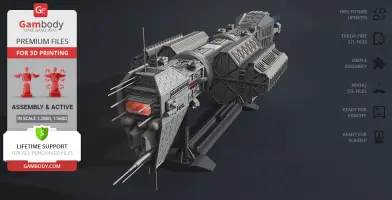
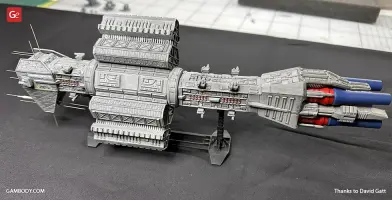
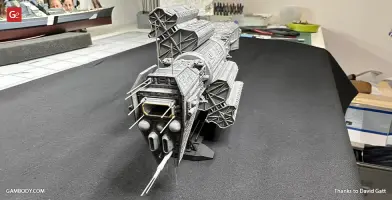
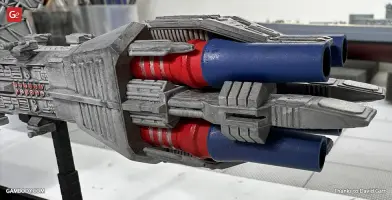
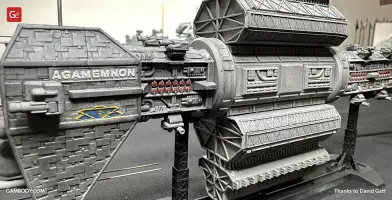
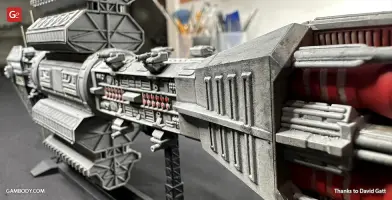
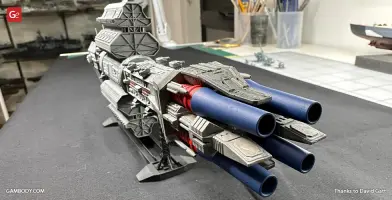
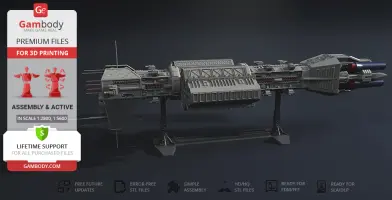
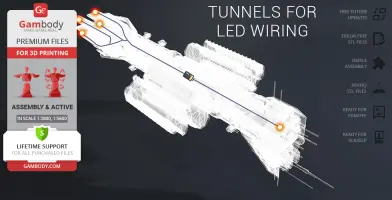
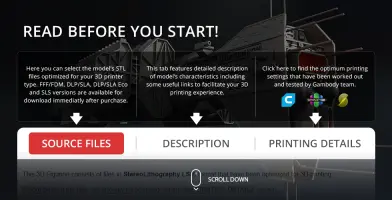
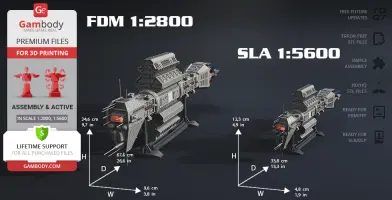
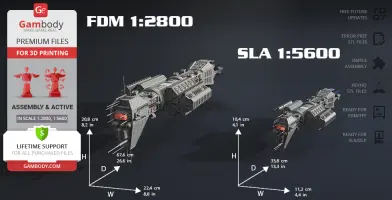
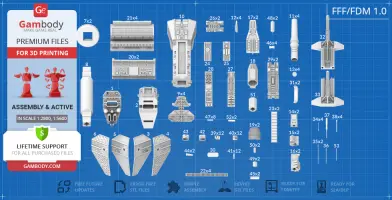

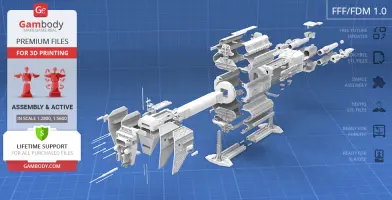
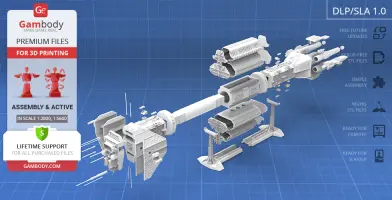


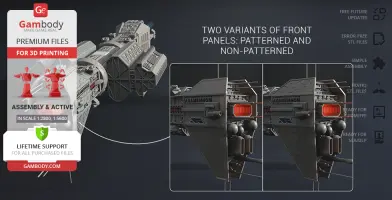
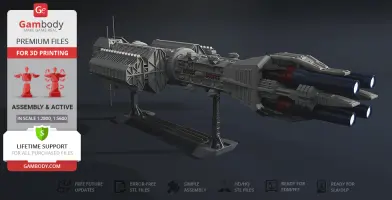
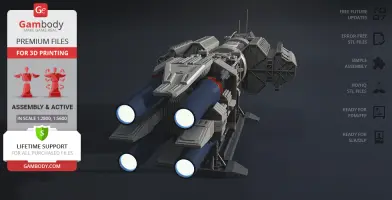
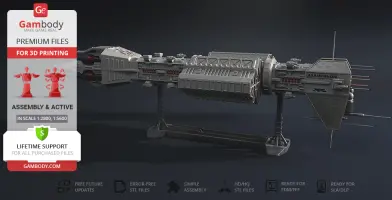
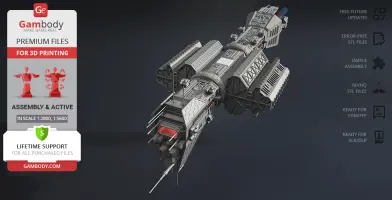
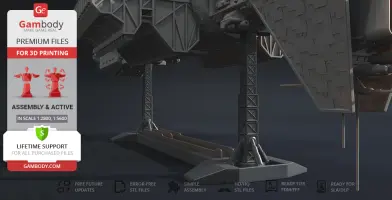

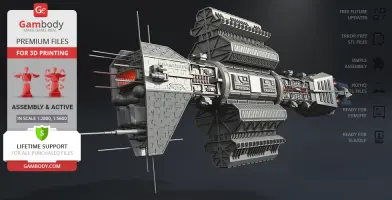
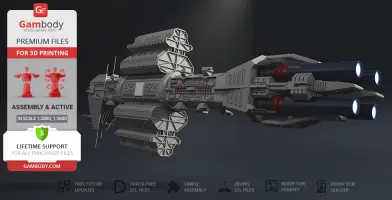
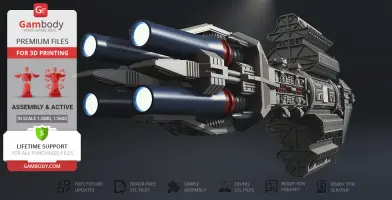
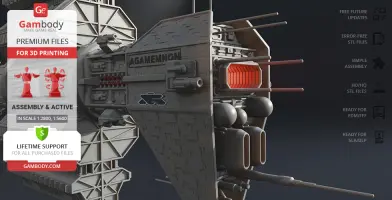

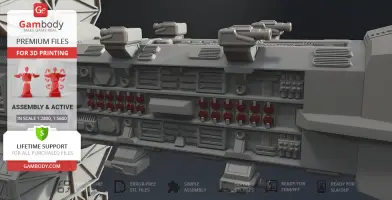
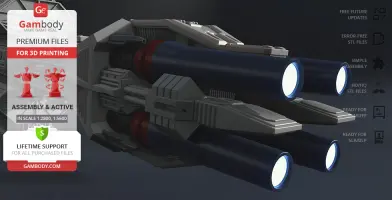
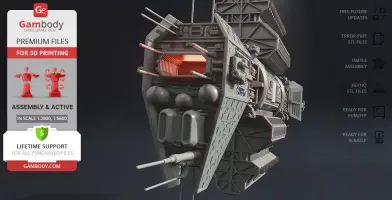
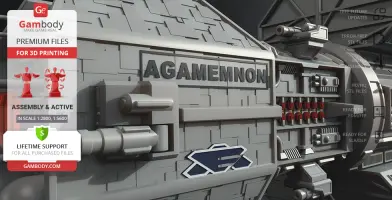
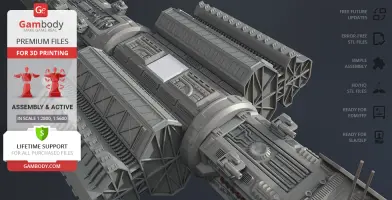
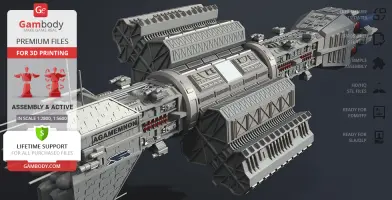
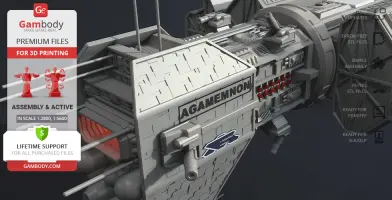
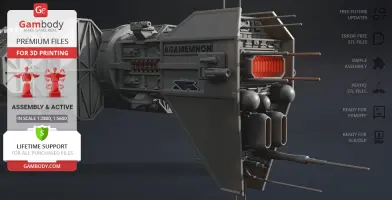
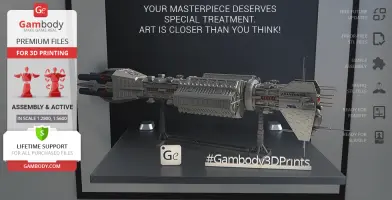

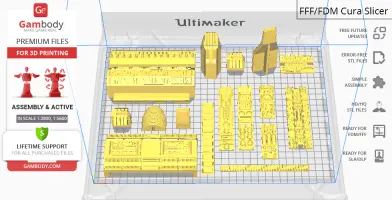
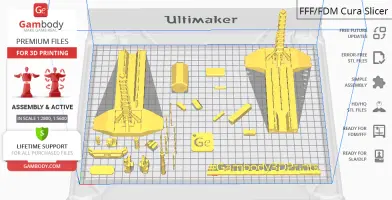


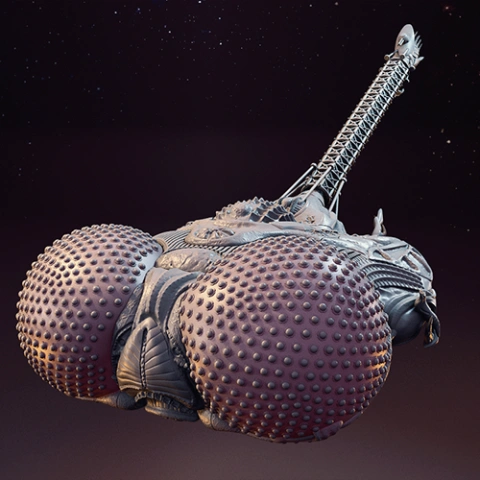
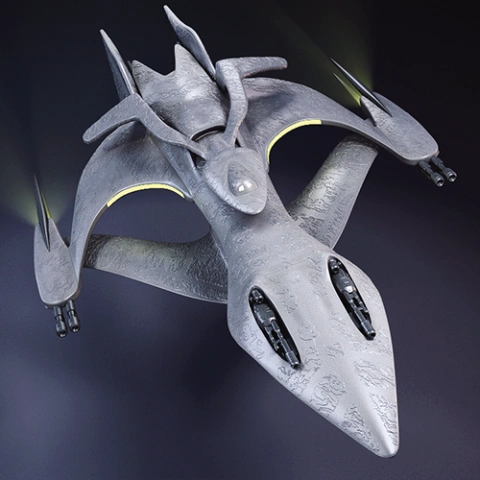
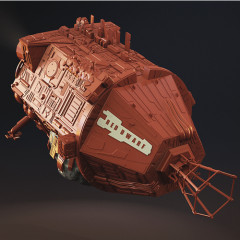
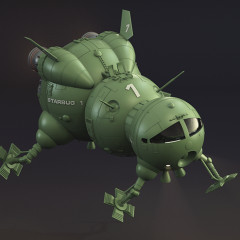


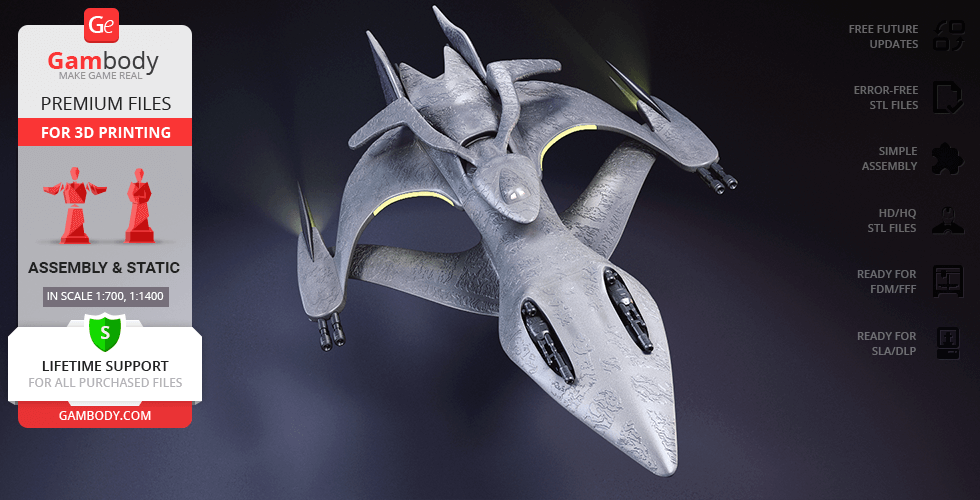
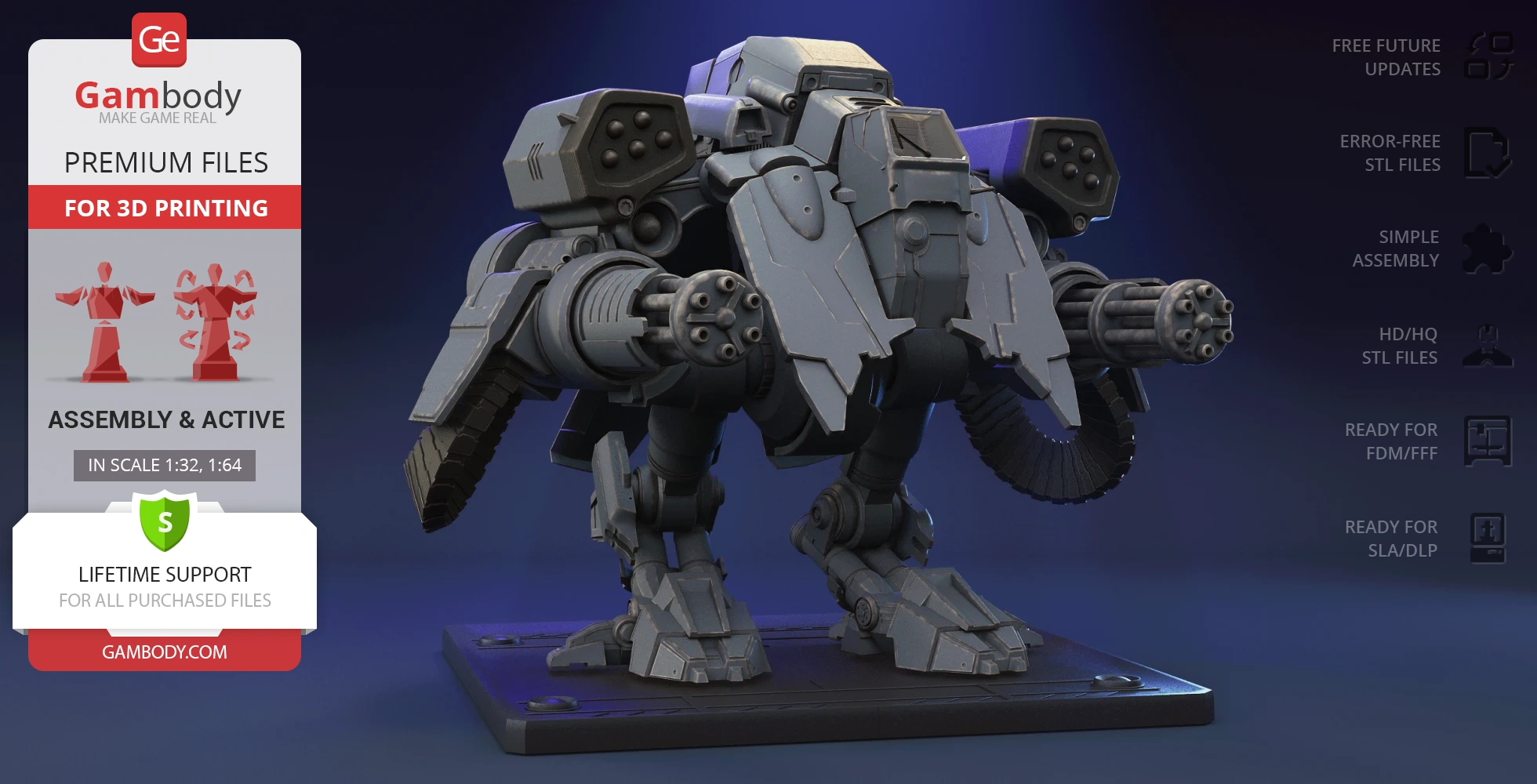
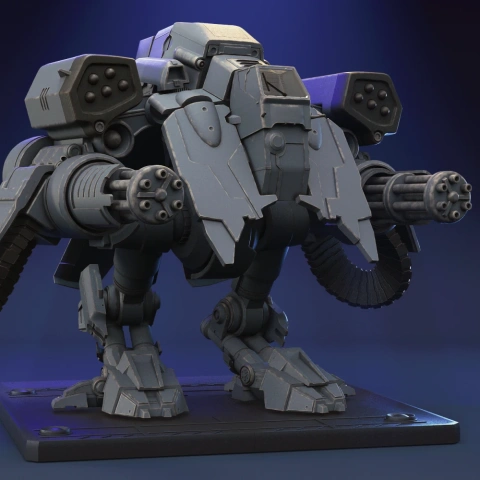
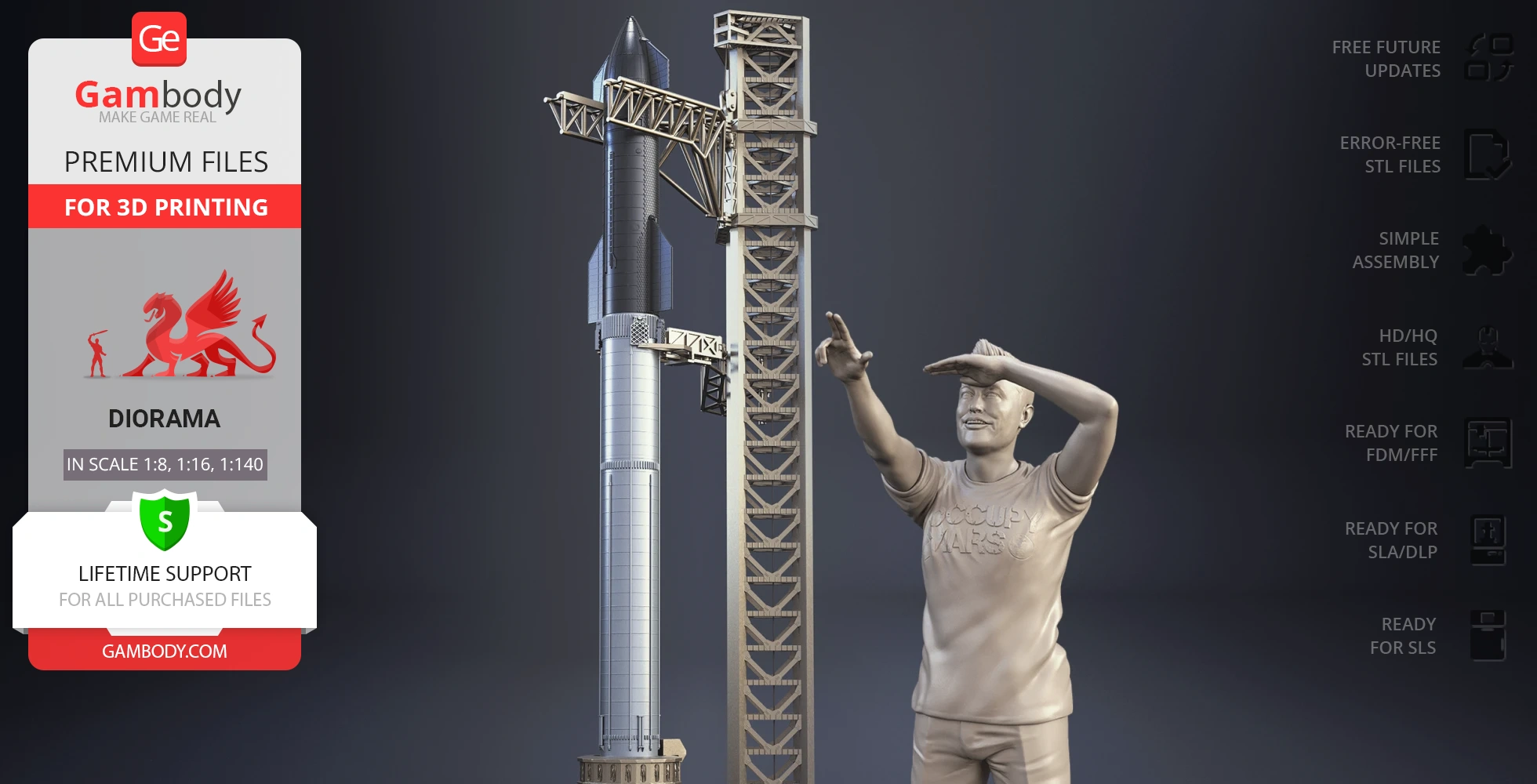

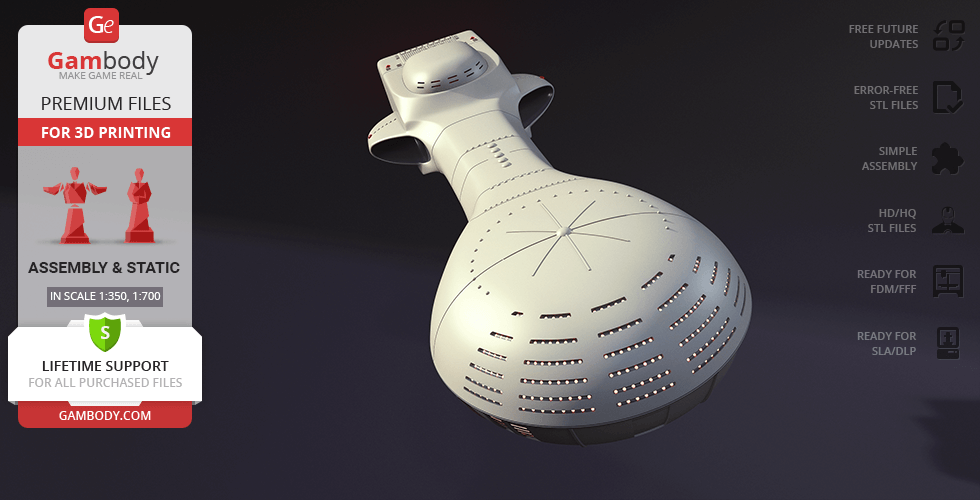
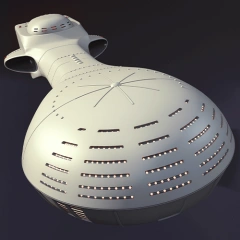
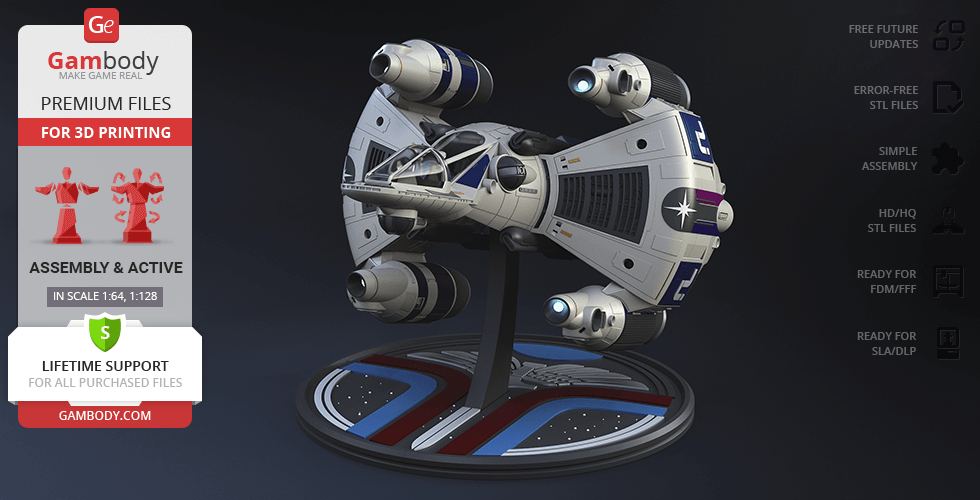
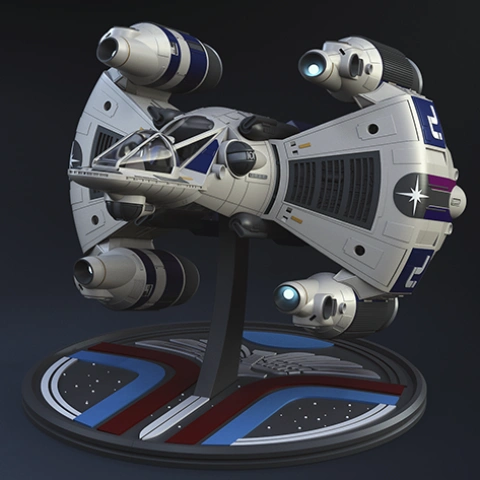
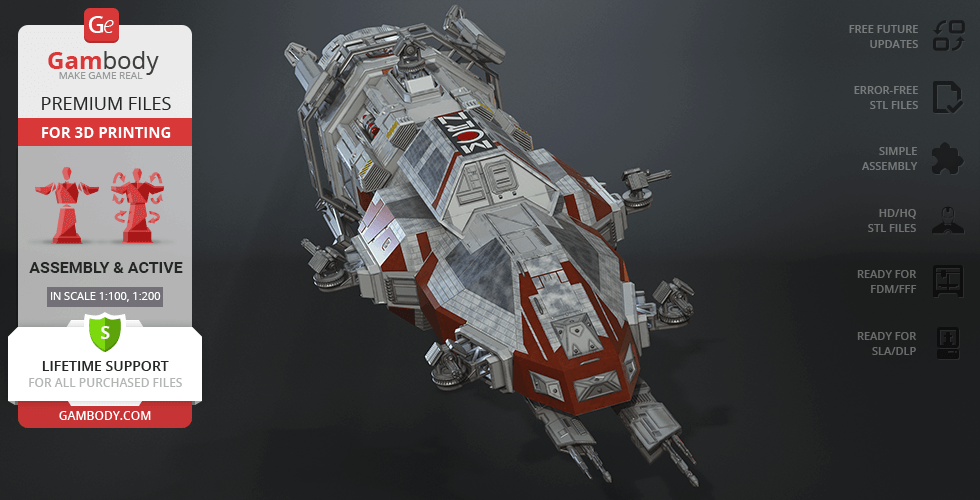
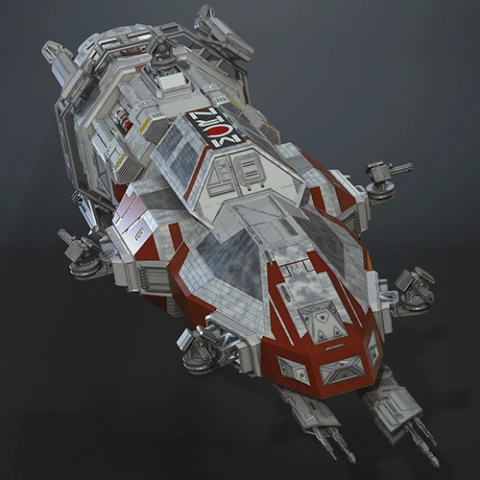
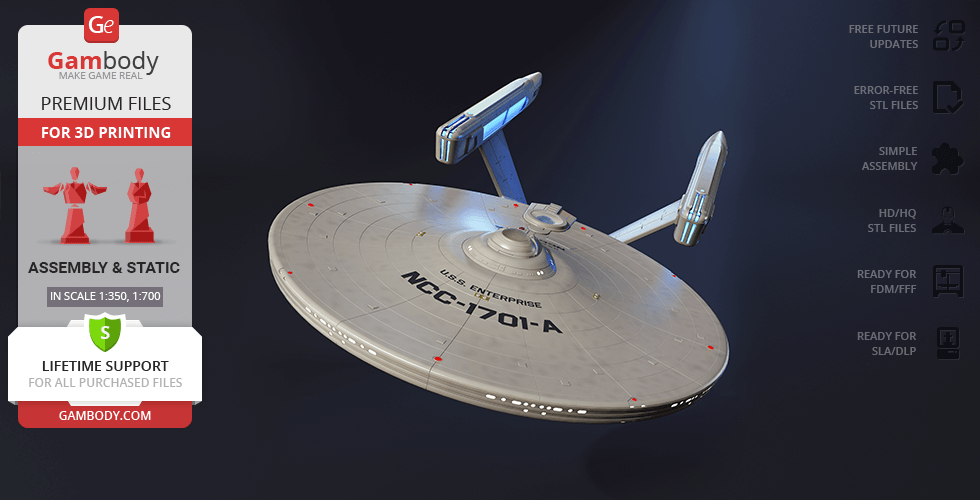
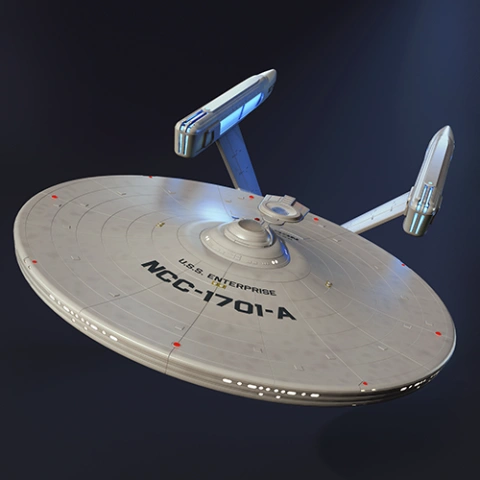
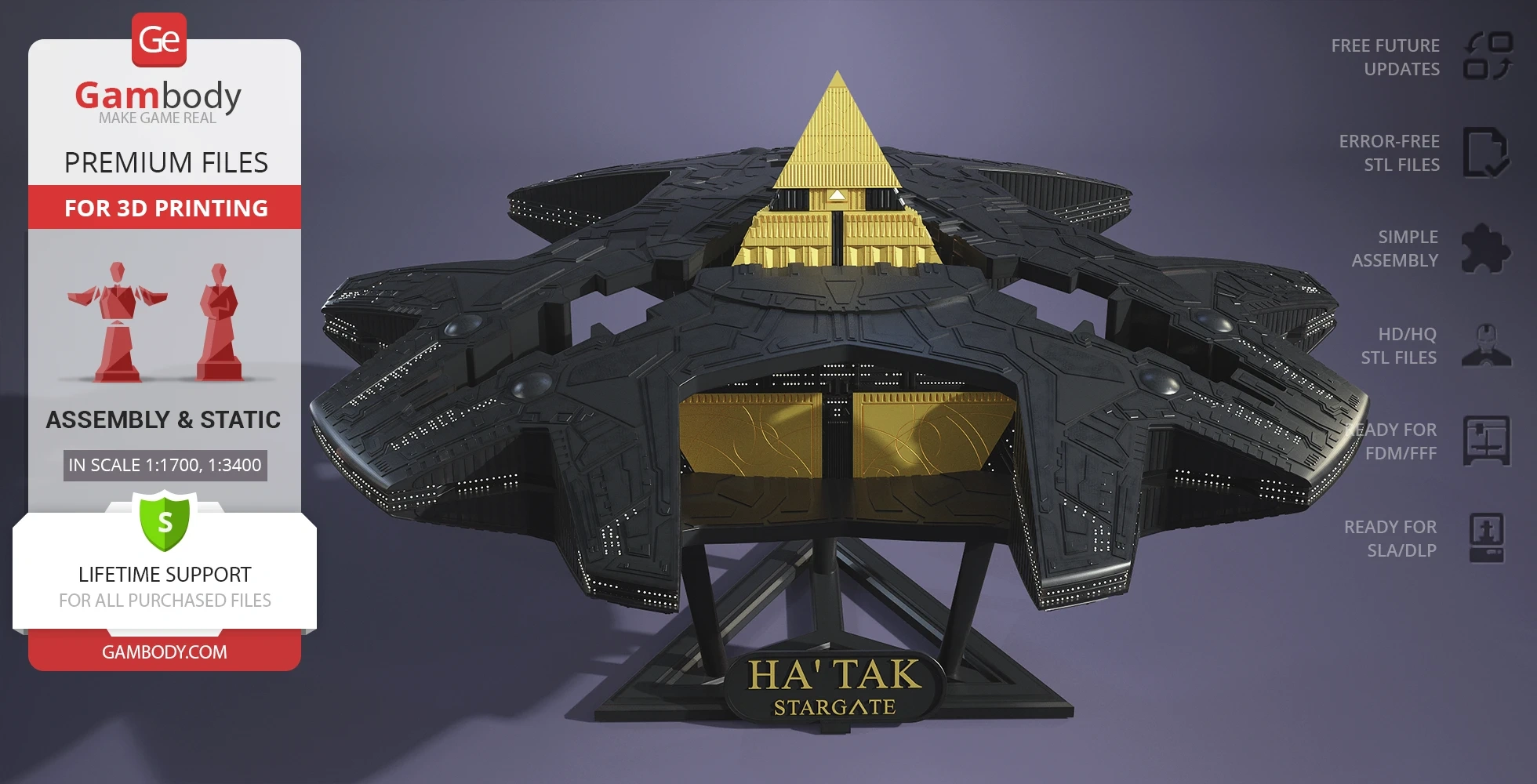

Comments